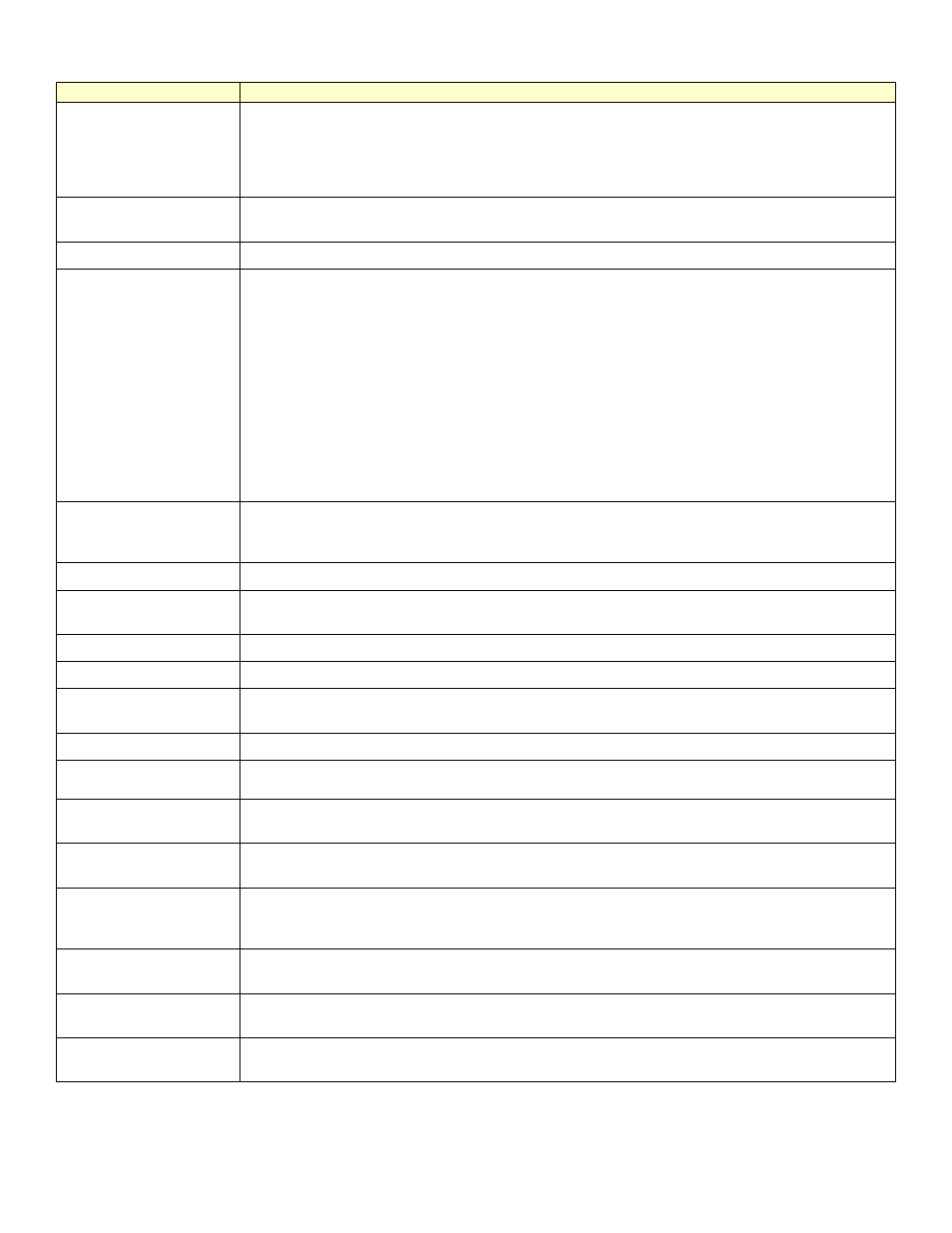Retrotec Blower Door User Manual
Page 86

Page 86 of 87
©Retrotec Inc. 2015
Term
Definition
enclosure
A room, house, or building. For rooms or interior spaces, the enclosure is the surface bounding a volume which
is connected to outdoors directly. For example in an apartment whose only access to outdoors was through a
doorway that leads directly outdoors, the enclosure is formed by the walls of the apartment. If a building has a
series of apartments or offices whose only access to the outdoors is through a common hallway then the
enclosure would be the volume that bounds all of the apartments or offices.
Envelope
The surfaces composed of floor and walls and floors that separate the test volume from volume surrounding the
test volume. Also see” enclosure”
EqLA
See “Equivalent Leakage Area”
Equivalent Leakage Area
(ELA or EqLA)
In layman’s terms, the ELA is the size of hole we’d have if all the building’s cracks and holes could somehow be
brought together. In Engineer’s terms: the equivalent size of hole required in a flat plate to give the same flow
rate having a discharge coefficient of 0.61 and taken at the Reference Pressure.
This ELA is sometimes called the EqLA or Canadian ELA because it was first used in the Canadian GSB air leakage
standard for houses. This ELA enjoys worldwide acceptance by most testers, even in the US.
This ELA should not be confused with another ELA that is often called the EfLA or Effective Leakage Area. It is
very unfortunate that both these ELA’s have the same acronym of ELA. The EfLA was developed for the US
ASTM Standard and is smaller than the EqLA by at least a factor of 0.61 because it uses a discharge coefficient of
1.0. This EfLA is sometimes called the LBL or Lawrence Berkley Labs ELA because it was developed there and is
used in the LBL natural air change model that enjoys wide usage- apart from that usage, the EfLA is not used
very much but the existence of both can create discrepancies in results that may confuse users.
When it is taken at a reference pressure of 75 Pa, it is often referred to as EqLA75. EqLA is typically about twice
the size of an Effective Leakage Area that describes the same air flow rate. See ASTM E779-10, eq. (5).
Fan Pressure
The pressure difference between inside the door fan and the surrounding air. This pressure can be read as
“PrB” from Channel B on the DM-2. It is used by the computer to calculate the air flow rate through the Door
Fan.
HVAC
Heating Ventilating and Air conditioning system.
induced pressure
The pressure difference created by the Door Fan (Test Fan) between inside and outside of the enclosure. This
pressure is commonly measured on Channel A of the pressure gauge.
Leakage
A general term used to describe holes or the area of holes in or around an enclosure
Leakage Area
This is the same as “Equivalent Leakage Area” but is not specific as to which kind of leakage
Open Range
A Range configuration on a Retrotec Door Fan – indicates that no Range Rings or Range Plates are attached. It is
sometimes referred to as Open (22) Range since its diameter is 22 inches.
outdoors
Outside the building in the area around the building.
Manual Speed Control
Knob
The dial that is on a Fan Top to control fan speed
Manual Speed Control
Accessory
Separate fan speed controller with a knob to control the speed, provided as an optional accessory if user does
not want to use a gauge as speed controller
Pascal (Pa)
Often shown as “Pa”. A very small metric unit of pressure. There are 249 Pascals in 1 inch of Water Column
(the pressure required to push water up 1” in a tube). One Pascal = 0.000145 psi.
Pressurization
The process of creating a positive pressure in the house by blowing air into the enclosure. Air is pushed out
through all the leaks, causing the smoke to move away from the operator when checked with an air current
tester
Range configuration
The Range Plate or Range Ring that is used on the fan during a Door Fan test. See Retrotec’s Fan Range
Configuration QuickGuide
Range Plate
The Range attachment on the Retrotec Door Fan, which holds Ranges C8, C6, C4, C3, C2, C1, L4, L2, and L1. See
Retrotec’s Fan Range Configuration QuickGuide.
Range Ring
The plastic Range attachments on the Retrotec Door, which include Range A and Range B. See Retrotec’s Fan
Range Configuration QuickGuide.